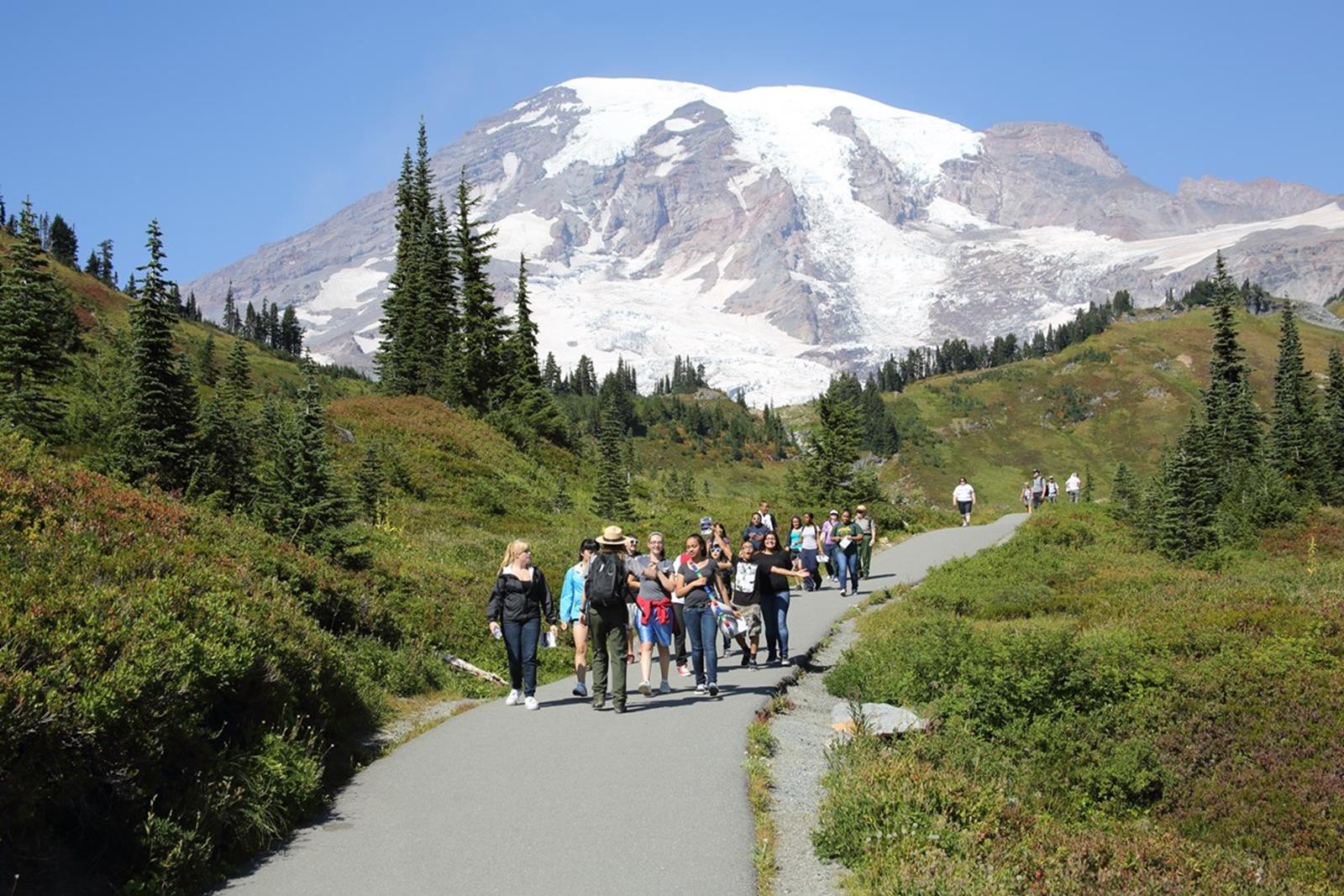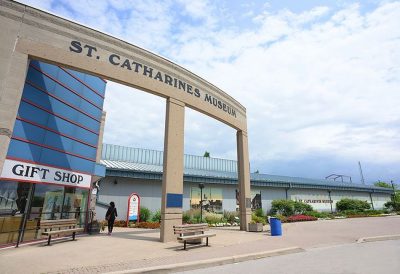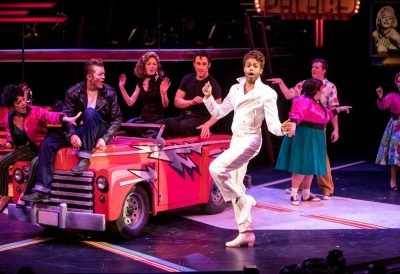Museums & Zoos
When visiting Seattle, a trip to the Museum of Flight provides students a fun and interactive way to learn about the history and evolution of air travel. Housing over 175 aircraft and spacecraft along with thousands of photographs and artifacts, students will have more than enough to see and explore. The Museum of Flight offers a variety of exhibits aimed at inspiring a love of science and technology in kids such as the Challenger Learning Center and the World War I Fighters exhibit. Students are free to look around and explore or engage in structured, self-guided tours that take them to different parts of the museum and that can be tailored for students of any grade.
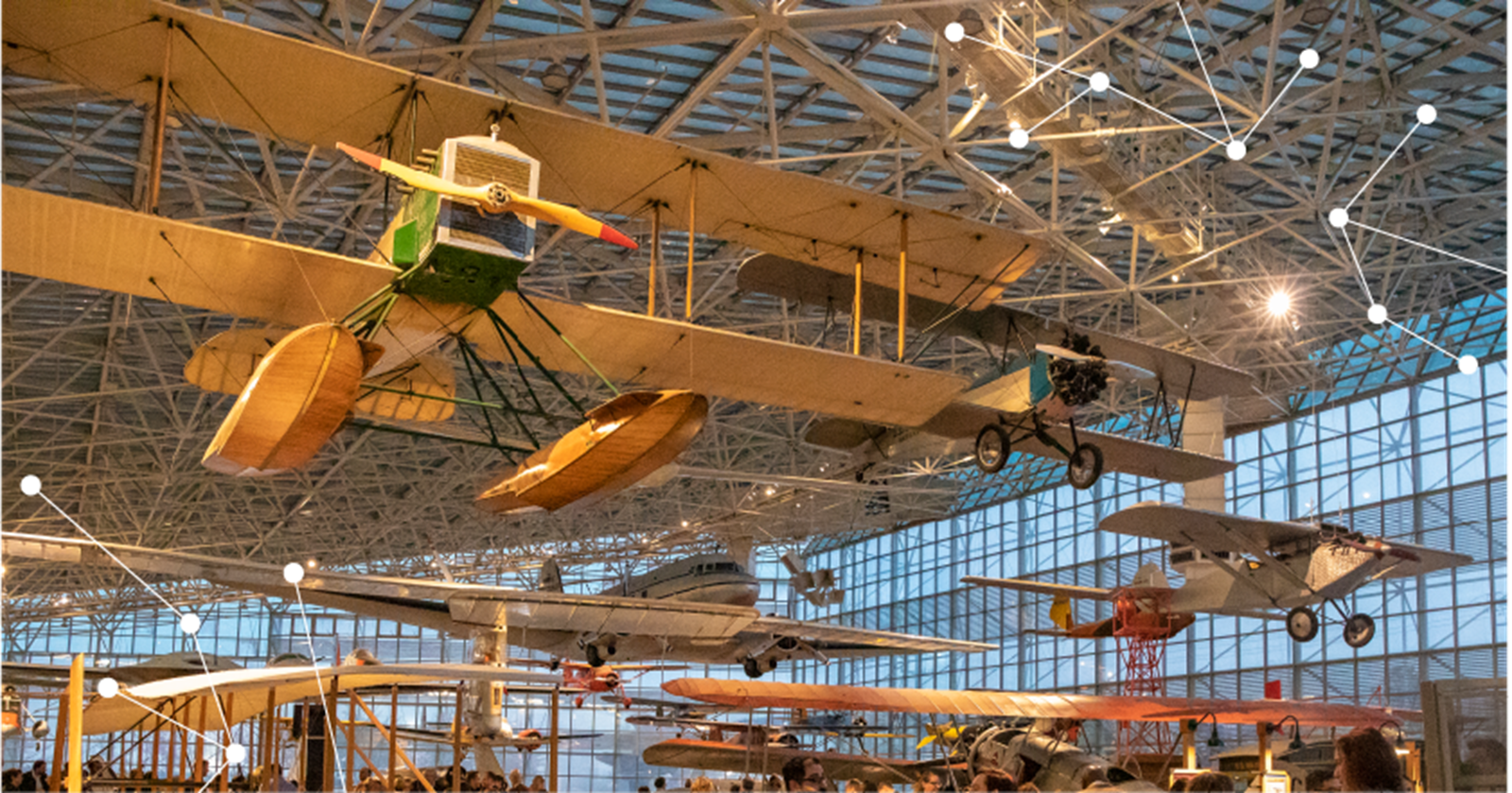
Museum of Flight
In terms of science, there is but one premier museum in Seattle that stands above the rest, the Pacific Science Center. A staple of the area, this museum offers hundreds of hands-on exhibits specifically designed to inspire a love of science and technology within students. Exhibits like the Tinker Tank allow students to hypothesis and innovate in real time with daily engineering and design challenges, and exhibits like “What is Reality” use the latest technology to explain complex ideas to any age. Coupled with admission is a free trip to the Planetarium where shows for all ages show the depths of the cosmos, and a trip to the Exploration Labs means students get a direct lesson on topics like science, engineering, and technology.
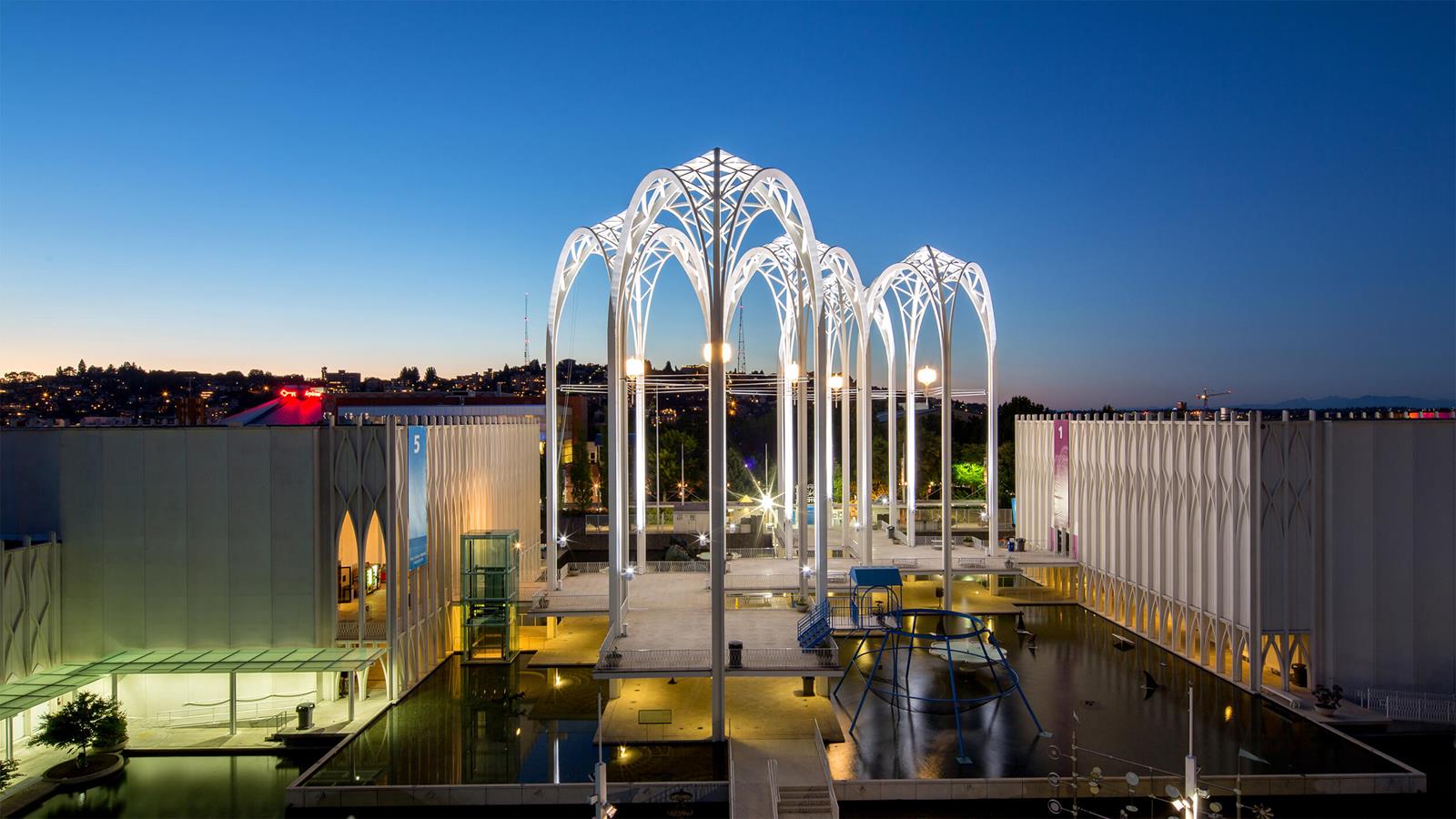
Pacific Science
Universities & Academia
Ranked 14th in the world, the University of Washington offers several options for smaller groups interested in the latest technological design tools being used today. The school offers two short tours through the Universities “maker spaces”, students are able to see 3D Printers, a laser cutter, sewing machines and more in action. One such tour takes students through the university’s 8,000-square-foot McCarty Innovation and Learning Lab, which is filled with professionals and students designing and building using the labs high-tech tools, sure to spark the imagination of any prospective student that visits.
Industry & Technology
A short distance from Seattle proper, the Future of Flight Aviation and Boeing Tour allows a rare look inside an active assembly facility, which also happens to be the world’s largest building by volume. Students can watch as the latest Boeing airplanes are pieced together below and enjoy a tour of the facility with well-educated guides answering their questions. Students then have the opportunity to explore Boeing’s 5,000-square-foot interactive exhibit hall, which starts with an immersive cinema experience highlighting the effects to break past the newest obstacle in air travel. With a virtual space elevator to simulates traveling to the edge of the atmosphere and an advanced flight simulator, the exhibit has plenty to explore.
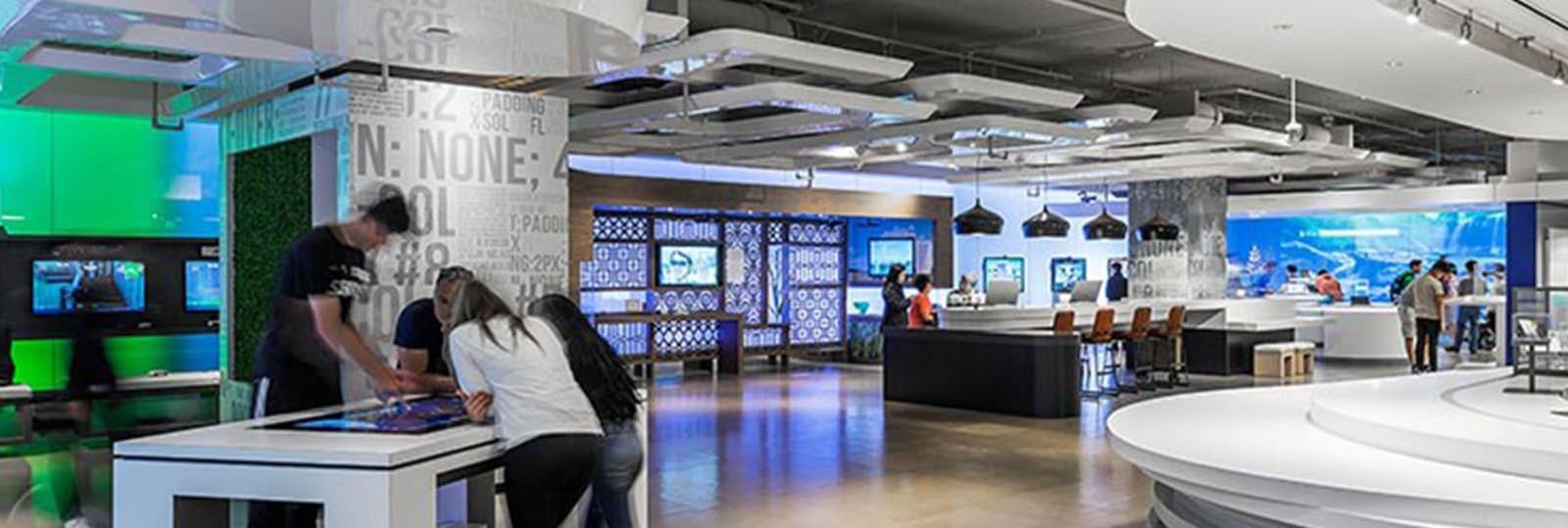
Microsoft Visitor Center
A STEM adventure to Seattle is incomplete without a trip to the Microsoft Campus Visitor Center that, if planned out, can lead to days of learning and entertainment. The Microsoft Campus Visitor Center showcases the latest technology the company has developed and allows students a chance to try out the newest laptops and computers on the market, as well as the latest advances in gaming technology. Strapping into the Oculus rift of Forza racing simulator not only entertains but also shows the potential technology has and the directions it is moving towards. Arrange ahead to time to participate in one of the many workshops offered at Microsoft Stores, like the one directly across from the Visitor Center, to enhance the trips learning potential. Students have the option to take part in 90 minutes – 4 day long workshops that teach them coding, video game creation or small business development and idea cultivation.
Nature/Outdoor Activities
Leave the papermâché volcanoes in the classroom and go visit a real active volcano at Mount St. Helens Volcano Outdoor School. The program offers both day and overnight trips designed to teach students about the effects of volcanoes on the local populace to both plants and animals. Students can take the 2.7 mile guided Hummocks Hike or go on a GPS scavenger hunt designed to get kids to think critically and make inferences about the local landscape. With the overnight trip, students have the option to camp outdoors for the night or sleep in cots at the visitor center, with a day and a half of activities planned throughout.
Looking to get up close and personal at ground zero to the Mount St. Helen Volcano? The Johnston Ridge Observatory is just what you are looking for. Located at the heart of the 1980’s explosions blast zone, the observatory offers interesting information and an up-close look on the causes and aftermath of a volcano explosion. A short distance from a large picnicking area and offering several hiking trails that allow a view of the dome and crater of the still active volcano, Johnston Ridge Observatory provides a more flexible and free experience of the famous mountain than other options.
Towering in the sky, Mount Rainier stands as America’s tallest volcano and serves as a perfect place to cultivate and understanding of nature and science. The park service hosts various field trip programs for all grade that take students hiking up the side of Mount Rainier(and learning survival skills along the way) and exploring the wilderness to study the intricate relations of abiotic and biotic factors. For longer trips, the Mount Rainier Institute has three and four-day programs that allow students to conduct fields study in the wilderness, stay overnight at the park, and hold a symposium at the end showing off all they have learned.

